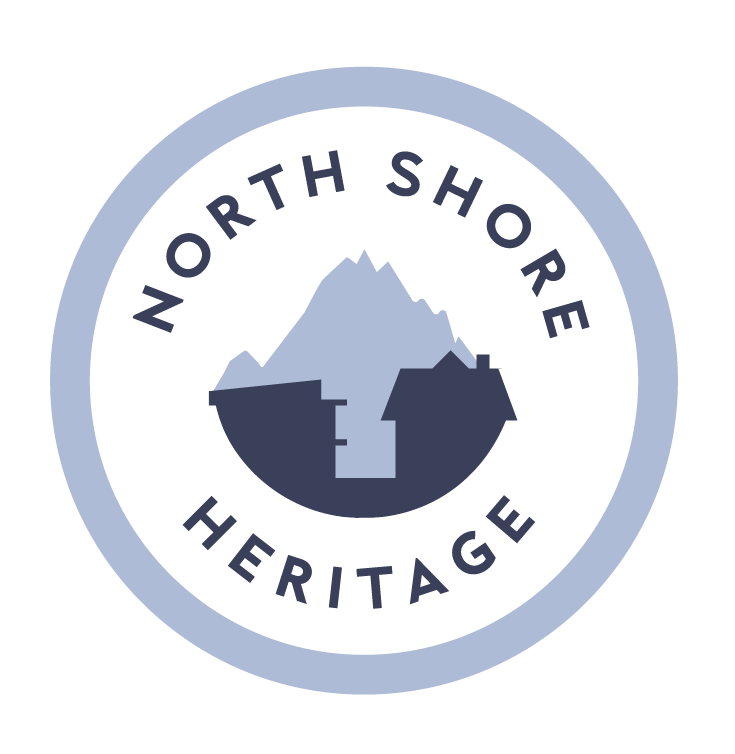In the spring of 2020, in the midst of a global pandemic, a 1300 sq ft Lynn Valley house on Rice Lake Road, that started life as a forest ranger’s cabin, was listed for $799,900 and sold for over a million.
Photo courtesy of Matt Council, Re/Max Rossetti Realty
In the 1930s, this then basic abode was home to a founding member of Canada’s Group of Seven, the English-born artist Frederick Horsman Varley, who was also instrumental in forming the beginnings of what is now Emily Carr University.
“Forest Ranger's Cabin” by Frederick Horsman Varley. Image courtesy of www.heffel.com
Today you can stroll past the house and walk the nearby Varley Commemorative Loop Trail to see, for yourself, the views that inspired many of his works.
For Varley, the cabin that he rented for $8 per month, offered an escape from the city, leaving his artist wife Maud Varley and their four children in Kitsilano, so that he could live with his former student and then muse, artist Vera Weatherbee. Despite the cabin’s sense of remoteness, it was in fact located a short walk from the end of the line tram stop established in 1910 that connected North Vancouver to the Burrard ferry and to Vancouver.
Henricksen's Store and Lynn Valley Streetcar, [ca. 1916] (Inventory no.: 8634) - Courtesy of MONOVA, Archives of North Vancouver
In 1936, Varley returned to Eastern Canada, leaving behind Maud, with their four children … and also Vera. Maud came into a small inheritance that she used to buy the cabin, which remained in the Varley family until 1974. In 1942, Vera, at the age of 33, married seventy year old mining engineer, photographer and artist Harold Mortimer-Lamb who had strong affiliations to Varley and the Group of Seven.
The Varley House serves as an example of “built heritage” but the cultural influences that Varley had as an artist and teacher, and the beautiful landscapes he painted, means that this building is really a rare representation, by extension, of all three types of heritage; built, cultural and landscape. We are grateful to the new owners who have retained this important, iconic home.




![Henricksen's Store and Lynn Valley Streetcar, [ca. 1916] (Inventory no.: 8634) - Courtesy of MONOVA, Archives of North Vancouver](https://images.squarespace-cdn.com/content/v1/580f0655ff7c50b2d0807473/1626995905161-ZPSHCZZW81BU85UP6V3X/7052+-+Henricksen%27s+Store+and+Lynn+Valley+Streetcar%2C+%5Bca.+1916%5D+%28Inventory+no.+8634%29.jpg)